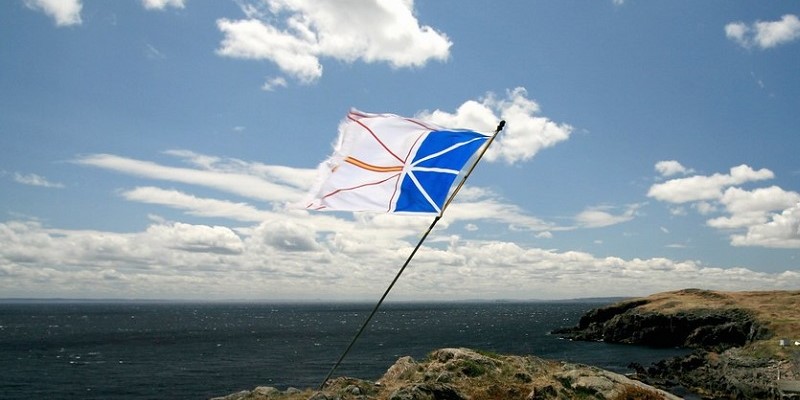Newfoundland and Labrador government misses opportunity to restrain spending and avoid more debt

The Furey government released Newfoundland and Labrador’s 2023 budget on Thursday. While the province reports a considerably improved fiscal position, mainly due to increasing provincial revenues especially from the oil and gas sector, to sustain provincial finances the government must reduce spending. And by this standard, this budget misses the mark.
Provincial revenue will exceed $9.6 billion this year, which is $720 million higher than the government expected a year ago, thanks largely to improved economic prospects, high commodity prices and inflation. Despite this revenue growth, the government projects a $160 million deficit this year. While this deficit is relatively small by recent standards, the lack of spending control adds risk to the province’s fiscal approach.
For example, despite running deficits in nine of the last 11 years, this increased revenue is mostly being funnelled into increased spending rather than addressing the province’s debt. Indeed, since 2021/22 the government has spent 89 per cent of all new revenue.
Of particular concern, the province has not fully learned its lesson in dealing with volatile oil and gas royalties. Time and again these royalties have been used to expand government rather than saving for the future, contributing to persistent budget deficits and growing debt. While commodity prices are relatively high right now, resource revenues are inherently more volatile than almost every other category of government revenue. When oil and gas prices inevitably decline again, the province will plunge deeper into debt unless it controls spending.
On this front, the province did announce the second contribution to its “future fund” where the province will save some resource revenue to “help ensure prosperity for future generations, help with the debt and make strategic investments to capitalize on the future economy.” This year’s planned contribution to the fund is projected at $127.1 million.
But again, while the fund is a step in the right direction, this budget continues the trend of expanding the provincial budget along with growth in revenues.
Consequently, provincial net debt (financial assets minus liabilities) will increase by $527 million, reaching $16.2 billion. On a per-person basis, each Newfoundlander and Labradorian will be responsible for $30,544 in net government debt this year. This increasing debt burden will fall on the backs of future generations who will face higher taxes or receive fewer services than today.
In fact, residents in the province already pay a lot to service the province’s debt. The budget projects total debt interest costs to be $1.05 billion this year—or $1,981 per person, also the highest in Canada. Clearly, the Furey government missed an opportunity to cut spending and reduce the debt burden.
Looking ahead to future years, the government correctly notes that the province’s fiscal situation has substantially improved, with a projected return to a surplus of $297 million next year, followed by surpluses of $286 million, $71 million and $25 million in the following years. The projected return to surplus comes two years ahead of schedule.
However, these projections rest in part on shaky assumptions about oil and gas revenue. This year’s budget is based off an US$86 per-barrel price for oil, which is high by recent standards. Even small changes in the price of oil could easily plunge the province back into chronic deficits.
The budget was also silent on some of the province’s other problems including an aging population and uncompetitive business and personal income taxes. Despite the shrinking deficits and modest surpluses projected in the budget, the long-term fiscal challenges facing Newfoundland and Labrador remain among the most daunting in Canada. Being content with its status as the most indebted province in Canada and putting off difficult decisions is not a recipe for success.


